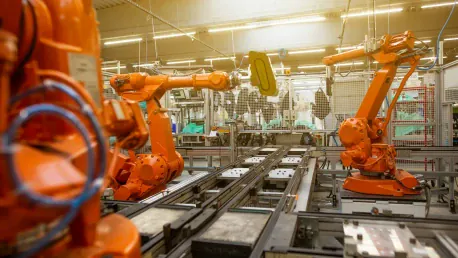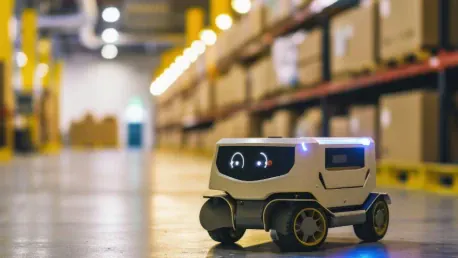
Rohit Laila has decades of experience in the logistics industry, which spans supply chain and delivery. He is also passionate about technology and innovation in the sector. In this interview, we will explore the RDS fleet management system by SEER Robotics, its functionalities, efficiency in

Cities worldwide are undergoing a profound transformation, leveraging digital infrastructure, artificial intelligence (AI), the Internet of Things (IoT), and sustainable technologies. These advancements are reshaping various aspects of urban life, including transportation, energy consumption,

The transportation and logistics industry has long been a delicate balance of meeting delivery deadlines, managing operational costs, and ensuring the smooth flow of goods and services. Today, artificial intelligence (AI) is revolutionizing this sector, making logistics smarter, more efficient, and

Smart contracts, powered by blockchain technology, are revolutionizing the way supply chains operate globally. This innovation addresses key issues of transparency, efficiency, and automation, promising solutions to longstanding challenges in supply chain management. Modernizing Procurement &

With decades of experience in the logistics industry, spanning across supply chain and delivery, Rohit Laila shares his insights on the transformative role of AI and its growing importance in the air cargo sector. Rohit, who is also passionate about technology and innovation, delves into how AI is

The dynamics of global supply chains today demand that warehouses stand as paragons of reliability and efficiency, particularly within a landscape characterized by increased volatility. The proliferation of enterprise Internet of Things (IoT) technology has significantly contributed to making